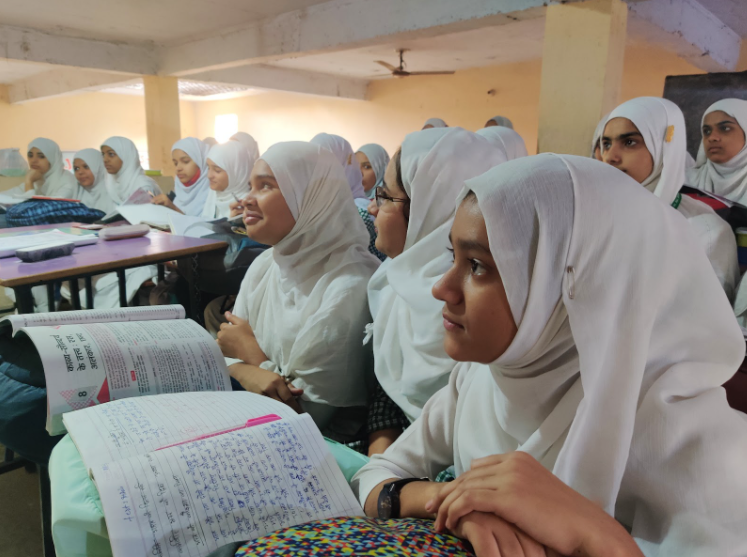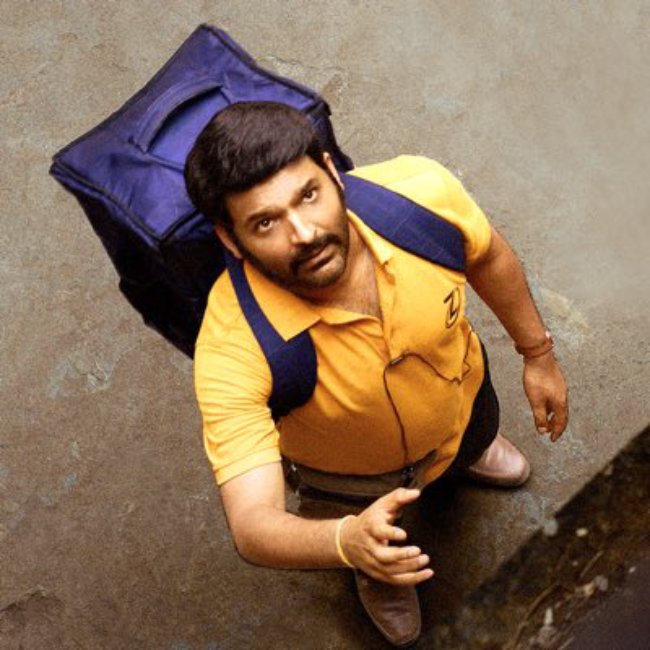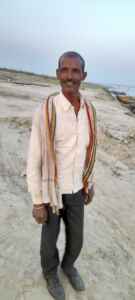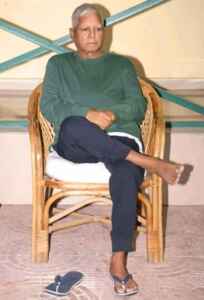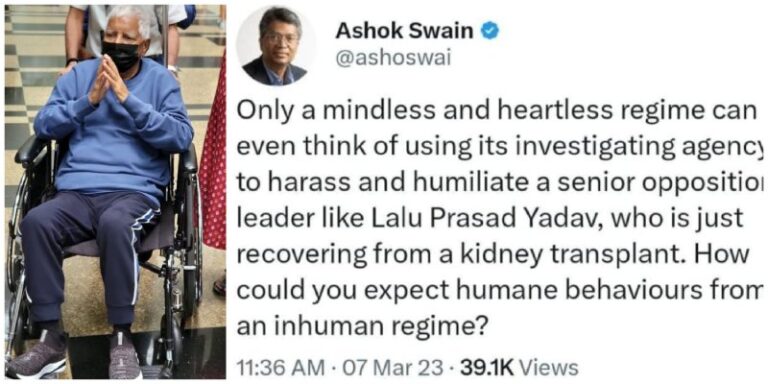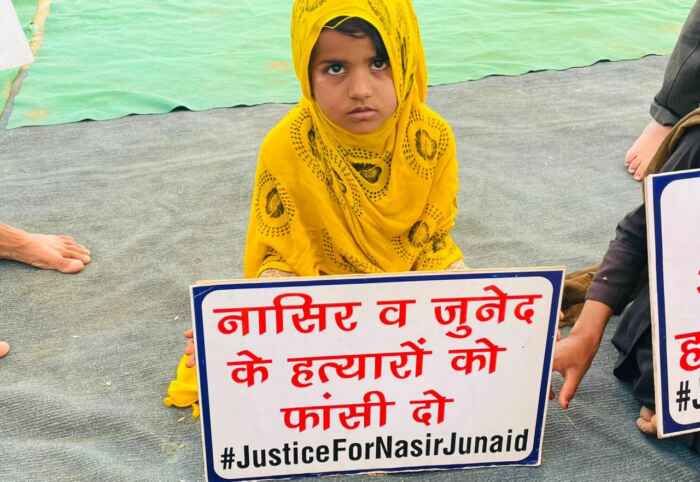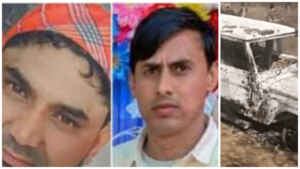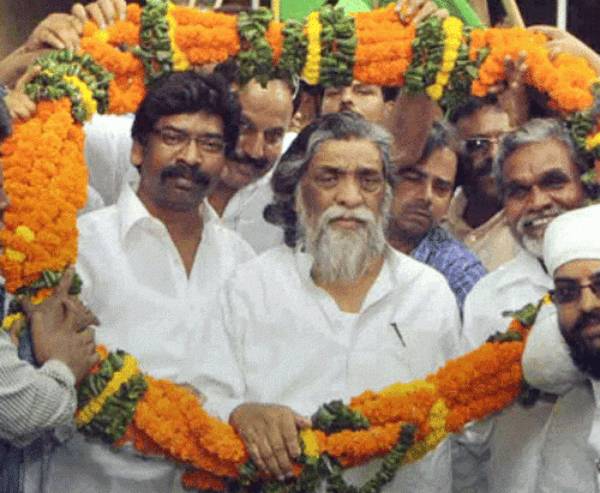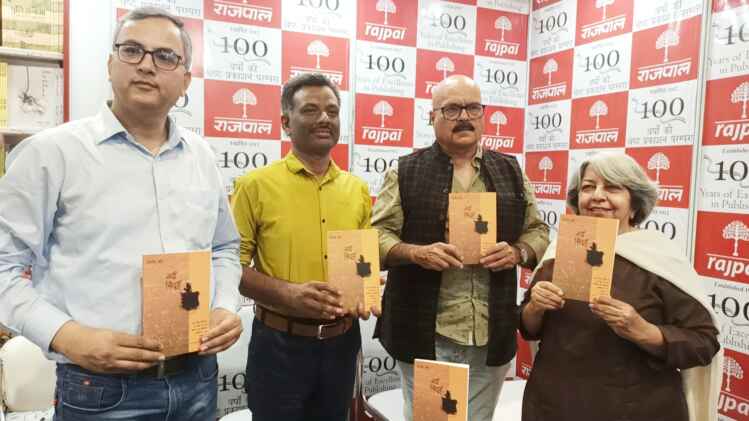[dropcap]A[/dropcap]fter a convincing 2-1 series triumph over Australia, Team India has once again shown its ability to conquer all challenges. In the process it has not only reached the final of the WTC but also emerged as the top ranked side in the world in all three formats. While most players made contributions to the team’s win, perhaps the most pleasing aspect of India’s victory was the key role that the three all-rounders played as they came up with feats that few would have expected them to at the start of the Border-Gavaskar Trophy.
On spinning tracks, India remained dominant across the board in the first two tests. At times it was also a case that Australia shot themselves in the foot, as exemplified by their implosion in the 2nd innings of the 2nd test when they collapsed from 61-1 to 113 all out. Australia panicked quite often and their nerve, tactics and character were all found wanting in crunch moments in the first two tests. In contrast, India was cool and calculated. While pitches were not the monsters they were made out to be, they bowled smartly and strategically, knowing that the Aussies would fall by playing rash and reckless shots.
The fizzing deliveries from the “Revving Ravis”- Ashwin and Jadeja – were too hot to handle for most Aussies for most of the series. Their bowling exploits gave Team India a decisive edge to skittle out the Aussies in low totals. Both of them ended up as the top wicket takers in the series and in a rare occurrence were also the joint winners of the Man of the Series award.
In the batting department, Shubman Gill consolidated his rising star status with a fine century in the final test. Rohit Sharma too began the series with a hundred but was slightly below his best in the next three matches. Virat Kohli also grinded out his 75th international century in the 4th Test, showcasing that class is definitely permanent!
The series though might be remembered for the class act by India’s all-rounders. Jadeja especially made a smashing comeback as he was out for six months due to injury and in his comeback series vs Australia, he finished with 22 wickets from 4 matches which has helped him massively in the ICC Test all-rounders rankings. He is now the top all-rounder in the world in the Tests format. Jadeja also made good contributions with the bat in the series.
Similarly, Ashwin apart from his bowling brilliance, scored a vital 23 and 37 in the single innings he got in the first two tests respectively. After Jadeja at the top of the Test all-rounders list, Ashwin and Axar occupy the 2nd and 4th spots and the combined exploits of the trio kept Team India ahead through the series.
It is this luxury of having 3 match winning all-rounders in Ashwin, Jadeja and Axar Patel that made Team India seem invincible and gave a special depth to their batting unit. In the first Test, when India was collapsing, it was the Jadeja- Axar partnership that rescued India. In particular, Axar was magnificent as a batter all through the series. He got limited chances to bowl due to Ashwin-Jadeja working their magic, but as he scored 84, 74, 12*, 15* and 79 in the series, he barely put a foot wrong as a batsman!
Team India can carry the confidence of the Test win in the ODI series. But that may be a much closer, tougher encounter with Australia being bolstered by the arrival of fresh players. Besides Cameroon Green, they will have Stoinis and Maxwell to add to their all round skills for the ODI clash. Even Mitchell Marsh, returning from ankle injury, will now be available though he will not be able to bowl in this series where the Aussies will also miss the skills of Pat Cummins.
For India, KL Rahul who flopped badly in the test series will get a chance to revive his sagging career. In Rishabh Pant’s absence after his freak accident, Rahul has donned the wicketkeeper’s gloves quite adequately and he will hope to also make a strong statement which is critical for his long-term future as an integral member of Team India.
With skipper Rohit Sharma absent for the first ODI in Mumbai due to family factors, all-rounder Hardik Pandya will don captaincy duties in the 50-over format for the first time. His batting, bowling and fielding has often given a winning edge to the Indian team. Ever since he led Gujarat Titans to a historic IPL triumph in 2022, Hardik is seen as a potential Team India skipper and the first ODI will be an opportunity for him to showcase his captaincy credentials. Of course, Hardik’s presence strengthens the All-round balance for Team India in the ODI encounter with the Aussies.
Overall, fans and cricket cognoscenti can look forward to a close contest as both sides are likely to go full tilt in the ODI World Cup year. In particular, the Aussies, smarting from their Test defeat, will be super-charged up for success in the ODI clash. There is less hype about the series considering that it follows the BGT and is preceded by IPL. Nevertheless, with the two giants matching their skills in the 50-over format, cricket fans are in for a pulsating, mouth-watering encounter before they get ready for the extravaganza of the IPL!



